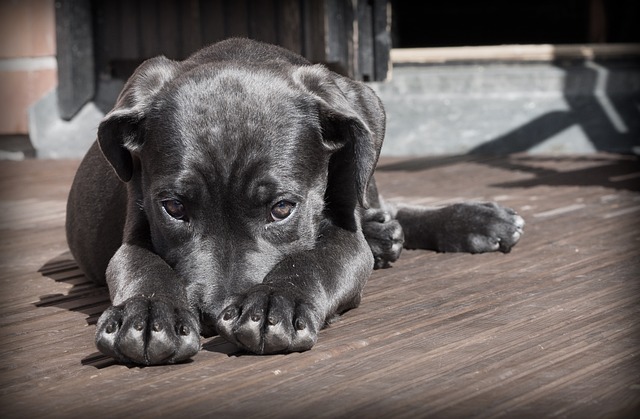
Pets fill a home with warmth, love, and personality. But while they’re keeping us company, they may also be quietly affecting the condition of our homes — often in ways that aren’t immediately visible.
Flooring: More Than Surface Scratches
Pet-related wear on flooring goes beyond claw marks. Repeated accidents or water bowl spills can seep into floorboards and subfloors, especially if left unaddressed. Hardwood and laminate are particularly vulnerable, and even sealed tile isn’t immune — porous grout can absorb moisture, leading to staining and eventual mold growth.
Walls and Windows Take a Hit
Many pets love a good window perch, but this behavior can gradually damage wall surfaces. Oils from fur, persistent leaning, and playful scratching can lead to paint wear or drywall gouges. In corners and beneath windows, condensation from pets’ breath may even contribute to mildew in poorly ventilated areas.
HVAC Systems: The Hidden Strain
Pet hair and dander tend to accumulate rapidly in HVAC filters and vents. This buildup not only reduces airflow but also forces your system to work harder, potentially decreasing its efficiency and shortening its lifespan. In homes with older ductwork, excess pet debris can even circulate through the home — affecting air quality for everyone inside.
Crawlspaces and Attics: Unseen Intrusions
Inquisitive pets sometimes find their way into less-traveled areas like attics or crawlspaces. If access points aren’t properly secured, they may disturb insulation, chew on wiring, or leave behind waste. These disruptions can compromise energy performance and pose safety concerns, particularly with exposed electrical components.
Preventive Measures Go a Long Way
Fortunately, pet ownership and home preservation don’t have to be at odds. Here are a few proactive tips:
- Use washable, durable paint finishes on high-contact walls.
- Seal or refinish floors regularly to prevent moisture absorption.
- Replace HVAC filters more frequently in pet-friendly homes.
- Inspect attic and crawlspace access points to keep them pet-proof.
- Keep an eye on water bowls and litter areas to avoid buildup or spills.
Conclusion
The goal isn’t to limit your pet’s freedom — it’s to extend your home’s lifespan. A little awareness and routine upkeep ensure that both your house and your four-legged companions stay safe, comfortable, and happy.

Recent Comments